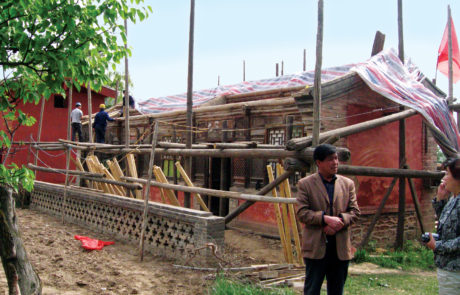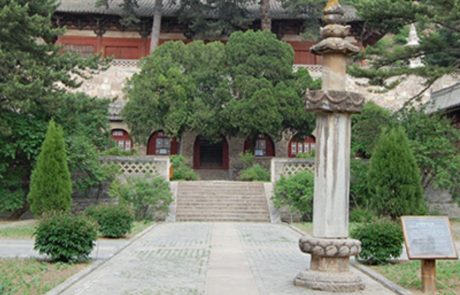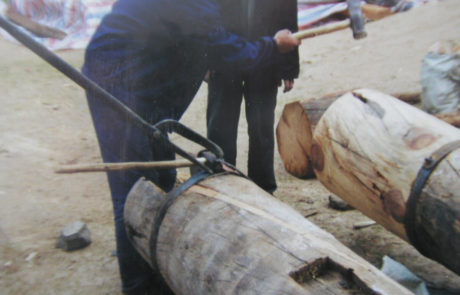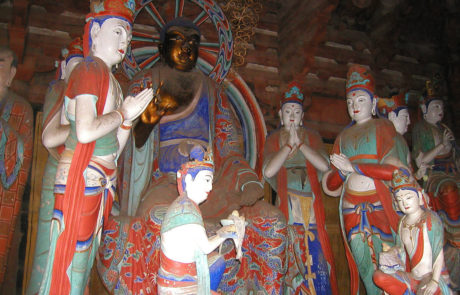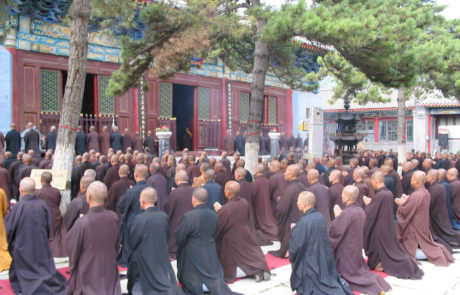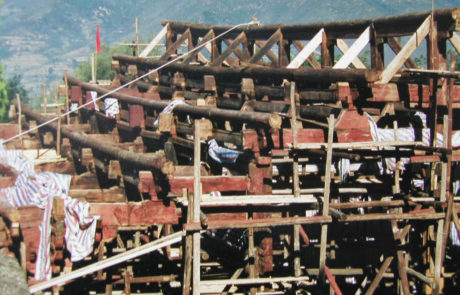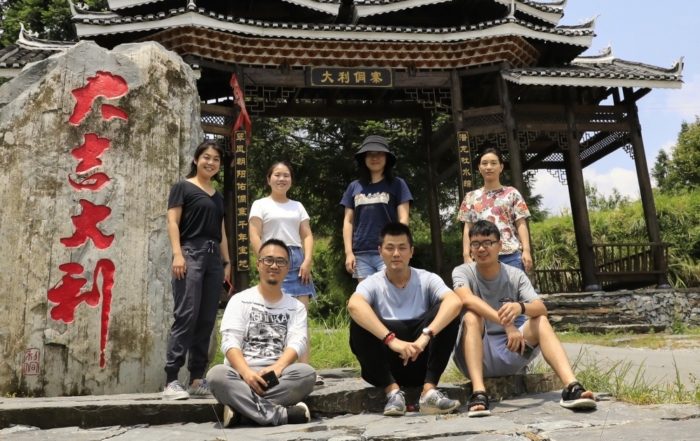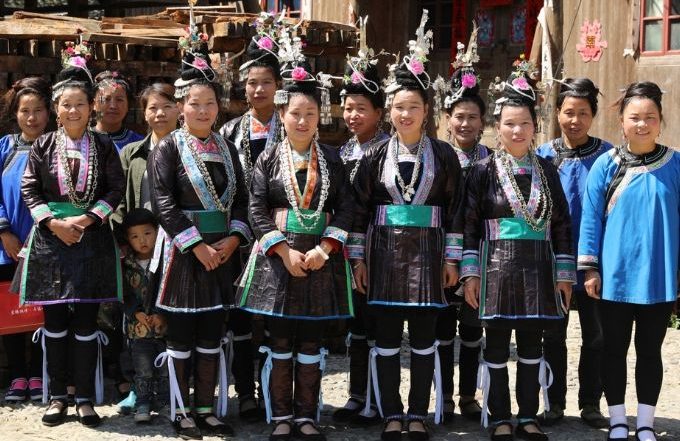Foguang Temple, China
Leveraging local partnerships to conserve one of the most significant remaining examples of classical Chinese architecture
Architectural historians Liang Sicheng and Lin Huiyin possessed few clues in 1937 when they set off for Wutai Shan, a sacred Buddhist mountain in Shanxi Province, guided by a Tang Dynasty wall painting inside the Mogao Caves in China’s northwest. The couple, among modern China’s earliest preservationists, nonetheless managed to track down the long forgotten Foguang Temple in a forest of pine, fir, poplar and willow trees.
Founded during the Northern Wei Dynasty, after Emperor Xiaowen (471-499 AD) purportedly witnessed halos of lights in the sky, hence the name meaning ‘Buddhist Halo’ temple, this Chinese Buddhist shrine was erected in wood with Indian architectural elements on multiple levels following the slope of Wutai Mountain, then destroyed in 845 AD during Tang Emperor Wuzong’s campaign to eliminate Buddhism and foreign influences.
Inscriptions discovered on the East Hall dates this structure to 857 AD during the Tang Dynasty (7th-10th centuries AD), when this jewel of ancient Chinese civilization was rebuilt and enlarged. Foguang’s sophisticated architectural design became a model for Tang architecture across Asia, including Todaiji Temple in Nara, Japan. In 2009, Foguang Temple, now recognized as China’s second oldest surviving wooden structure, was inscribed on the UNESCO World Heritage List along with the surrounding monasteries comprising the Buddhist cultural landscape of Mount Wutai.
Though considered The Fountainhead of classical Chinese architecture, Foguang Temple had been almost untouched since the Tang Dynasty, with no major conservation work or repairs since the 17th century. Centuries of neglect and weathering resulted in leaking roofs in danger of collapse and decomposing interior sculptures, reliefs, mosaics and ornamentation, among other serious threats.
In response to Foguang’s severely compromised integrity and stability, Global Heritage Fund stepped in to support the Shanxi Province’s Cultural Relics Bureau and the Shanxi Institute of Ancient Architecture Conservation and Research (SIAACR) in conserving this rare example of ancient wooden architecture. We contributed expertise and funding towards architecture and site surveys, structural analysis, conservation planning, and site conservation.
Our efforts extended to organizing a mission to the United States for these Chinese experts to learn about the conservation and management of American heritage sites. Back on site, temporary emergency interventions including structural supports for the corners of the Grand East Hall and flood protection around the compound were implemented, followed by formal conservation work including on the celebrated Monk Zhiyuan’s Tomb Pagoda. Thanks to the dedication and determination of our local partners, one of the most significant remaining examples of classical Chinese architecture was saved.


